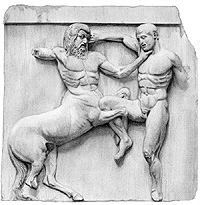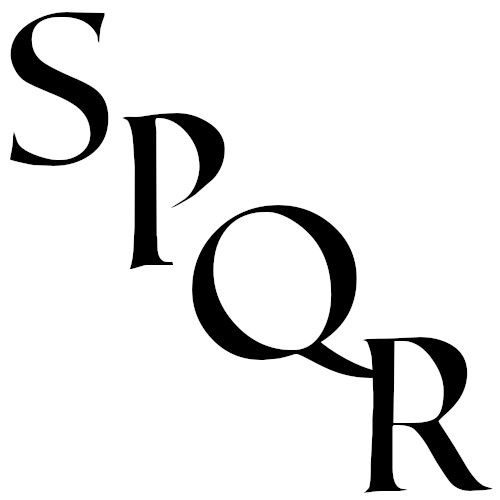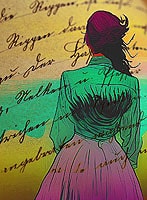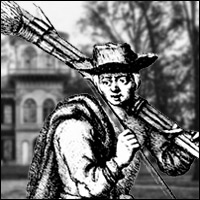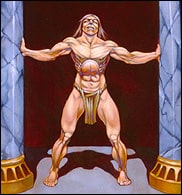Preface
In presenting the case for the antiquity of slavery in English North America, I have chosen for the centerpiece the novel-length account of Peter Williamson, a Scottish boy.
I have corrected only enough of the spelling to make it easily read by the 21st Century reader and have made no changes to the punctuation.
[Additions to the text are all in brackets]
The experiences of other slaves for whom only fragmentary evidence exists are inserted in script.
The fate of Peter Williamson and tens—and perhaps hundreds—of thousands of Scottish, English, Irish and Welsh adults and children who were “nabbed” and sold outright, compelled to sign indentures, or “press-ganged” into military service, had, for a legal basis, the Vagabond Act of 1572, which was a desperate measure to curb unsustainable population growth and compel military service and colonial expansion.
However, the slave trade was not new to the British Isles, where Barbary Pirates from North Africa roamed freely, enslaving English subjects without interference from Royal warships, as noted by the first settlers to set sail for Maryland:
“On the Twenty Second of the month of November, in the year 1633, being St. Cecilia's Day, we set sail from Cowes, in the Isle of Wight, with a gentle east wind blowing. And after committing the...ship to the protection of God especially, and of His most Holy Mother, and St. Ignatius, and all the guardians of Maryland, we sailed...past a number of rocks...which from their shape, are called the Needles...We left behind us the western promontory of England and the Scilly Isles...sailing easily on...[we passed] over the British channel. Yet we did not hasten, ...fearing, if we left the pinnace [Dove] too far behind us, that it would become the prey of Turks and Pirates, who generally infest that sea...”
-Narrative of a Voyage to Maryland, 1633-34, Father Andrew White, S.J., who came with The Ark and The Dove
The slave trade was likewise not new to North America.
The first slave seized in North America was an infant, torn from the arms of its mother off of Cape Fear, on March 1, 1524, by the crew of Italian navigator Giovanni de Verrazano, sailing under a French flag.
The Spanish had been seizing Native Americans north of Florida as slaves since the 1540s.
The first native slaves taken into a British ship are known by name. These three Native Americans were Inuit living on Baffin Island, whose band was slaughtered by Martin Frobisher’s gold prospecting crew in 1577. They were a woman, Egnock, a child Nutioc, and a man, Calichoughe, who had been beaten terribly and would die of internal injuries after being made to paddle his kayak around for London gawkers. Egnock and Nutioc soon succumbed to English diseases.
These unfortunates had been preceded some five years by slave sailors kidnapped in London and sent off against Spain. Some of these men had the misfortune of being tortured by the Inquisition and then sold as galley slaves, possibly rowing Spanish war galleys in the Mediterranean against Muslim war galleys rowed by their rural cousins snatched in slave raids.
The first named victim of the Europe-to-America English slave trade was an Irishman by the name of Darby Glande who was sailing on a French vessel out of Britanny in 1585 when it was captured by Sir Richard Grenville, the renowned English pirate. Darby was forced to serve with Lane’s nightmare command in Roanoke over the winter of 1585-86. He eventually deserted and hung around London until he was once again seized and impressed into English service in 1587. He deserted to the Spanish in 1587 in Puerto Rico, who repaid him by sentencing him to seven years as a galley slave!
Wholesale slavery did not begin until the Jamestown Expedition in 1607. In 1620, of the 102 “pilgrims” aboard the Mayflower, 12 were “duty Boys,” enslaved orphans and children of the poor owned by the “puritan” separatists. By the time the 1600s came to a close there had been no less than four armed rebellions by white slaves against their masters in Virginia.
Additional history will be included in the appendix. For now, let us read of the life and adventures of Peter Williamson, 1730-99, in his own words. A brief account of his later years will be given at the end of his biography.





